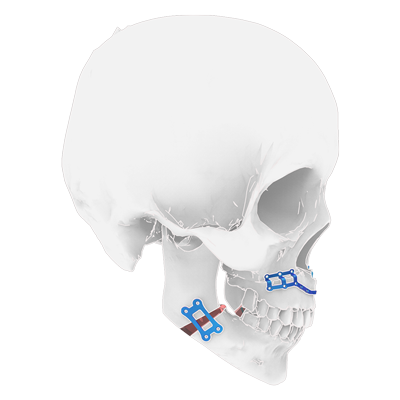Custom Orthognathic
Orthognathic surgery consists of the bone movement of the maxillary and mandibular areas, through this surgical procedure we can correct cranio-maxillofacial and dental defects. In this way, we achieve harmony between the patient's facial features. Because these problems appear during the growth phase of each individual, eventually they settle when it ends and may cause various problems such as apnea sleep, temporomandibular joint dysfunction (TMJ), lack of facial aesthetic or malocclusion balance, among some.
Osteophoenix manufactures custom orthognathic plates in titanium, as well as the surgical guides necessary to perform these treatments. Our design team works together with the maxillofacial specialist to ensure that the device meets the needs of the patient accurately and efficiently.
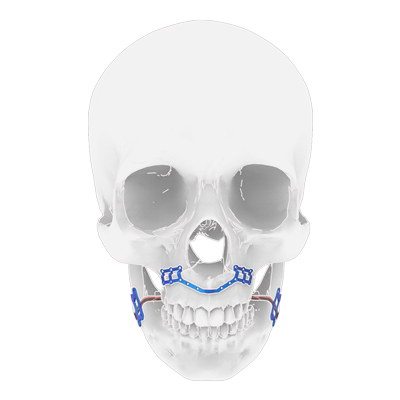
Orthognathic surgery solutions
This treatment must be performed by a doctor specialized in oral and maxillofacial surgery. There are three types:
Maxillary orthognathic surgery
This procedure must be carried out to reposition the maxilla in the proper place so that we can regain the functionality of the bone, which has a very important role in breathing, chewing and speaking. In addition, it allows to establish harmony between the different facial parts when we find different types of defects such as open bite, gummy smile, maxillary hypoplasia, facial asymmetry or class III.
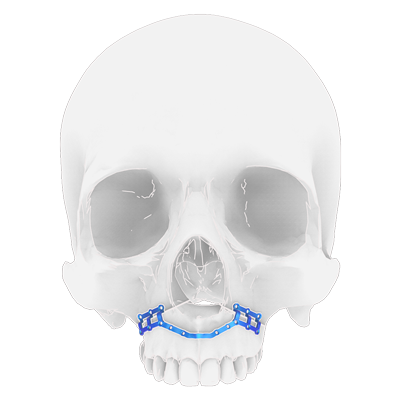




Mandibular orthognathic surgery
The most common treatment is mandibular advancement. This is carried out when the patient is class II, that is, they have a small and retracted jaw with respect to the maxilla. In these cases, we must restore lower facial harmony. In some cases, it is even necessary, as this defect can cause sleep apnea.
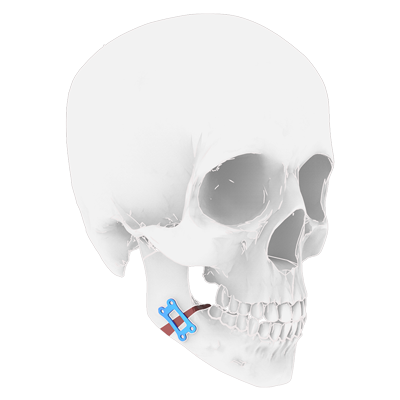
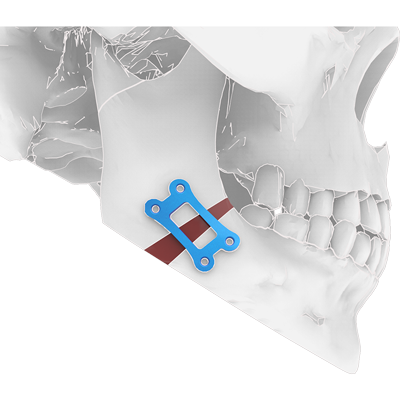

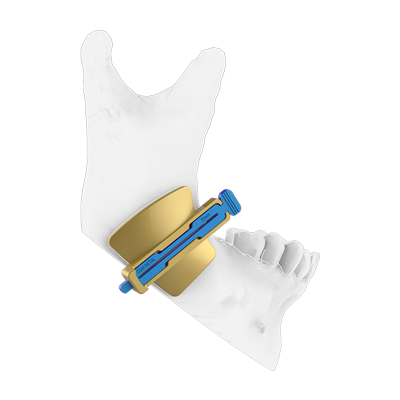
Maxillomandibular or bimaxillary orthognathic surgery
In these cases, we must carry out a surgical treatment that involves both the maxilla and the mandible, in order to achieve a harmonious facial balance and adequate occlusion. Through this procedure, class II, class III or open bite deformations, among others, are treated and, when only one of the previous treatments is not enough.

